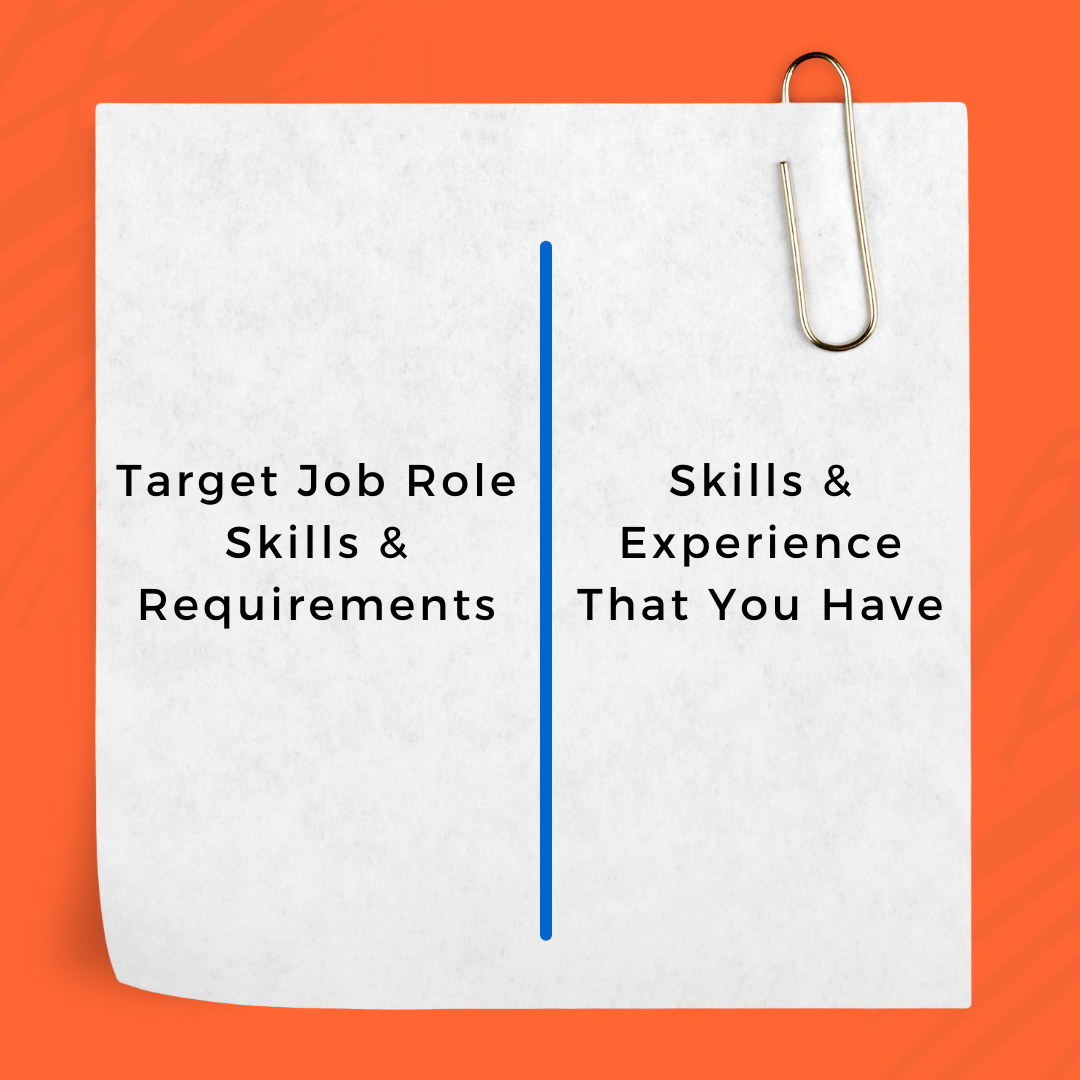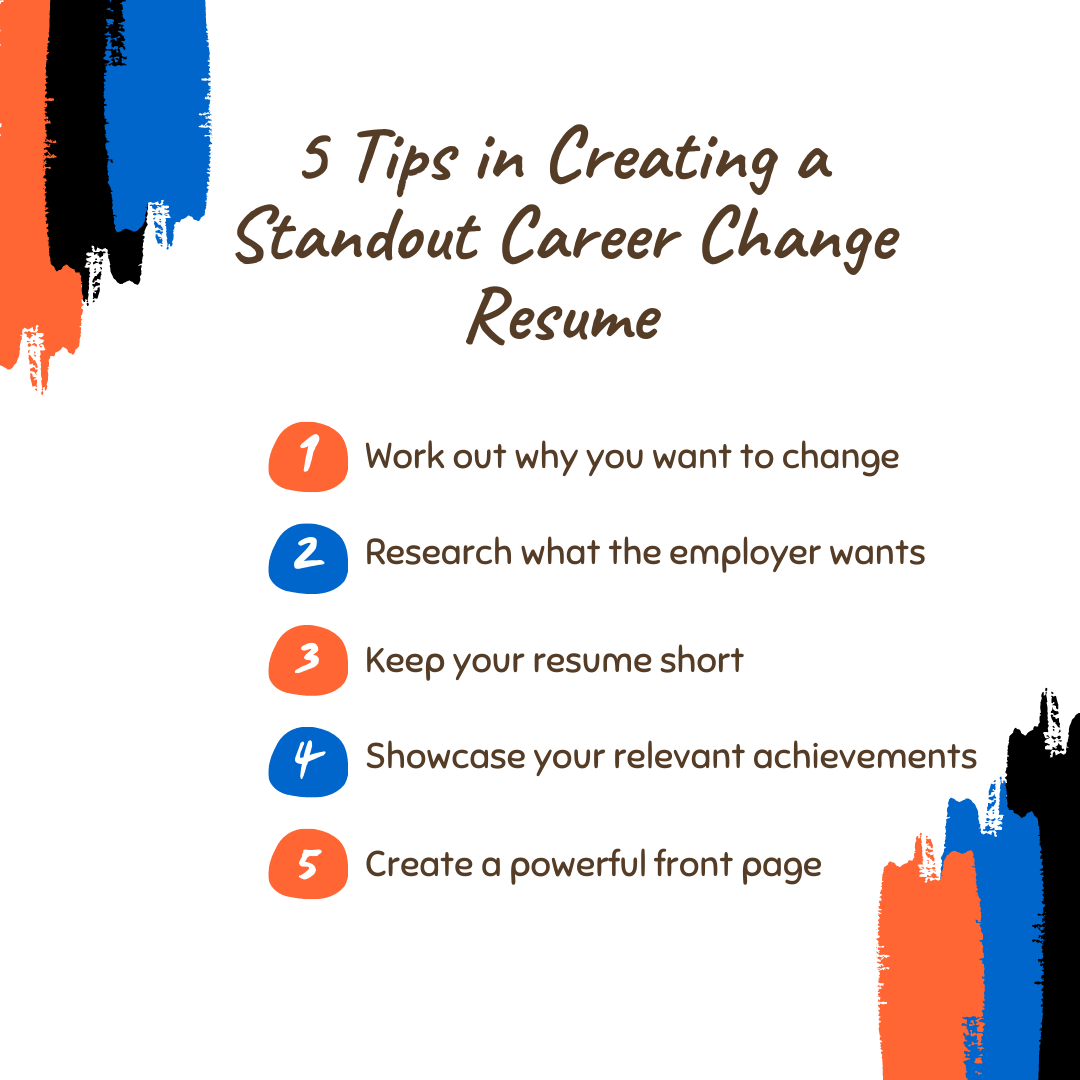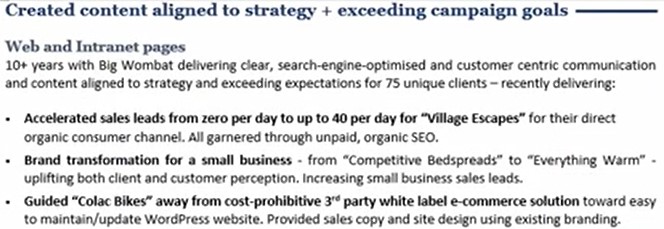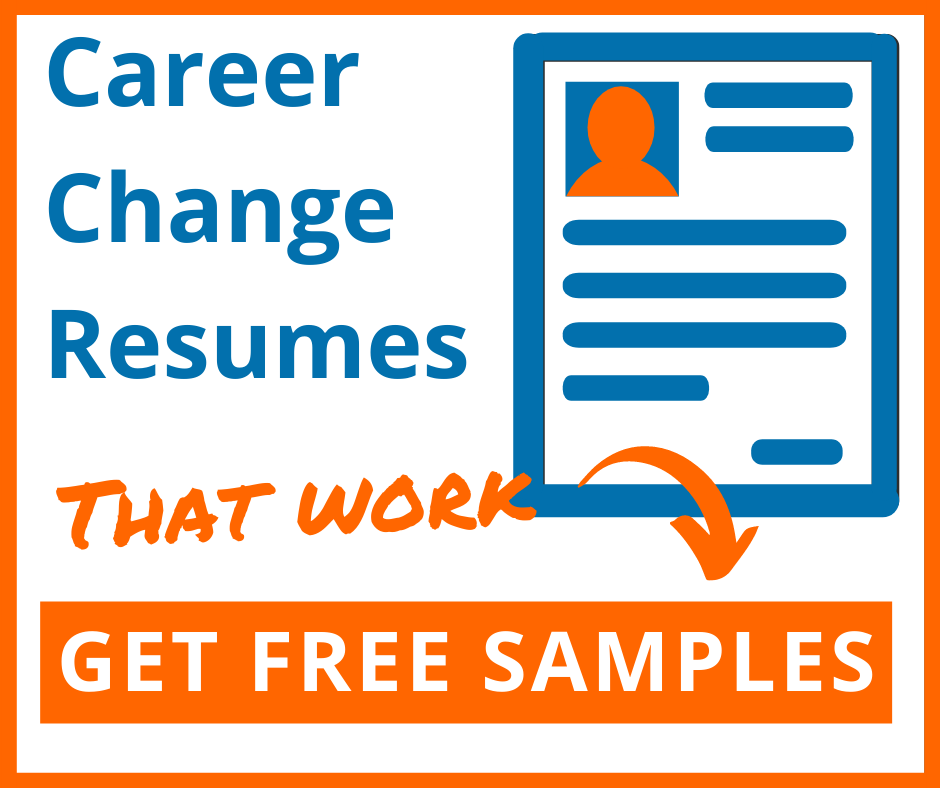Are you ready for a career change?
But unsure about where or how to start?
It can be really helpful to construct a career change resume.
The process of doing this can help you identify your transferable skills, and how you can position yourself in a powerful way for your next career move.
Now, it’s easier to write a resume if you know what you want or if you’re going for a similar job.
But if you want to pivot – if you want to do something different or to highlight what you can bring from one area to another, a lot of people really struggle with that.
And I’m going to give you an example of a career change resume that’s worked for one of my clients!
5 Tips in Creating a Standout Career Change Resume
Tip #1: Work out why you want to change.
This is the most important thing!
Whenever somebody is looking at your resume, they’re going to be asking this question especially if you’re trying to change careers.
Their number one question is “Why?”
Is it something that you’ve done in your study that sparked your interest?
Is it something that you’ve done in previous work that you’ve decided you like?
Have you done community work or volunteer work that gives you an indicator that this might be a good career move for you?
When you know “why” it’s very easy to explain that on your resume.
It’s also very easy to explain it in interviews, cover letters, and on your LinkedIn profile.
If you can come up with a succinct statement around why you want to make this change, it shows that you’ve done some research around why the change is for you, and you’re not just sort of randomly poking your resume out there.
Tip #2: Research what the employer wants.
This advice is a little bit controversial.
I see you frowning at this point and saying “why do you say that Karalyn?”
It’s controversial because if you watch what other career experts or other resume writers say, they’ll tell you to identify your transferable skills and to simply put these on your resume when you want to make a change.
They’ll say things like, if you’re a manager in one context then you could be a manager in another context – so put on your resume transferable skills like “time management”, “project management”, “leadership”, “communication”, or “client servicing”.
Yes, some of those skills might be transferable, but what a recruiter and an employer are really looking for is the relevance to them.
So, my advice is different from the advice above.
I say you need to be more specific.
I suggest you go online and look at job advertisements for the role you want to go for and see what employers regularly list as skills and requirements.
Next, get a bit of paper.
On the left-hand side, put the skills or requirements employers seek.
On the right-hand side, write how you can match those up.

That will keep your resume focused on what’s actually relevant.
You can show that you have these skills on your resume in your accountabilities section, in the value you’ve delivered, or in your achievements.
Just to give you a little example, a friend of mine is a Career Counselor.
One of his career aspirations is to go into a more pure Counseling role.
In his career counseling role, he does things like one-on-one counseling. He does group work in terms of training. He also does content marketing and administration.
The skills and accountabilities that would be relevant for a pure counseling role are the one-on-one and group counseling or training that he does.
They’re the bits that he should highlight on his resume.
So you really want to keep your resume focused on the relevance to the job advertisement you’re going for, rather than going too broad or too scattergun with a laundry list of skills that you think might be relevant.
You can find out what you can showcase on your career change resume from:
- research of advertisements
- talking to your network
- looking at job descriptions
- looking at LinkedIn profiles of people who are actually doing what you want to do
Tip #3: Keep your career change resume short.
Keep it short and sweet!
You want to keep the resume relevant to the job you’re going for.
You don’t need to include every job or all of your experience.
You just want the relevant bits because employers and recruiters are really time-poor and that’s what they’re going to be trying to look for in your resume.
You don’t want them to have to guess why you’re applying for the job by being confused about other things on your resume.
Tip #4: Showcase your relevant achievements.
I know I keep banging on about the word “relevant”.
But it’s so important!
You want to showcase what is actually important to the employer.
Now, an employer often has in a job advertisement some things that you’re supposed to deliver such as KPIs or metrics that you’re supposed to meet.
You want to go back through your past roles and work out which achievements show your ability to deliver those metrics.
And when you write your achievement statements, you want to lead with the metric that is most important to the employer. That way, they can pick them up and read them very easily when they scan down your resume.
And again, it shows that you’ve done your homework.
Tip #5: Create a powerful front page.
As mentioned, recruiters and employers are really time-poor.
They don’t have time to go through pages and pages of resumes.
They want to see your fit quickly.
And they want to make a decision quickly.
So basically, for the front page of a career change resume, I make it the page that you could read and not really need to read the rest of the resume.
The front page has the:
- career objective
- relevant skills and knowledge
- relevant achievements
- snapshot of jobs that people have had
So that’s the 5 tips when creating a career change resume.

Next, let’s look at a resume sample.
Example of a Career Change CV
Below is an actual CV example of my client where I’ve changed the personal details of course!

Julia wanted to change from having her own small business – which was a web design business – to becoming a content and copywriter.
Her target role is in a government department, specializing in communications for children’s health.
Now, of course, content and copywriting weren’t all the things that Julia did in her business.
But that’s a bit that we pulled out of her experience and what we showcased on her CV.
We built the CV around the role that she was going for and everything on that CV had a place in terms of marketing her for that particular role.
So you can see that we started off with “Expert Writer: Copy + Content” rather than saying “Small Business Owner” – because that’s not our target role.
Anybody looking at the CV can see pretty quickly that’s what she’s actually applying for and they don’t need to guess!
We also looked at how she could have a pitch around wanting to go for that type of role.
Here’s what we wrote:

We used her previous experience to market herself for that specific role.
We covered her “why.”
We also pulled out her skills and knowledge that were relevant to what the employer was asking:

We didn’t include all her skills and knowledge or technical skills, only the relevant ones.
We also put some key skills in her career summary job titles:

Then, we looked at what the key requirements for the role were and lined up some achievements that demonstrated her capacity to perform that task.

So you’ll notice that the achievements are all about content and copy.
We don’t talk about small business achievements or about web design. We just really focused on what the advertiser is asking and what achievements Julia has that she can present on her CV to demonstrate that she’s got those capabilities.
The front page is pitching her for the role.
You could just look at that first page and see whether she could do the role or not.
Then on pages two and three, we basically went the normal traditional CV route.

So, this is a CV that actually got Julia interviews around content and copy type of roles.
It’s built specifically for those roles.
And it’s really obvious what she can bring to those roles.
So I really hope this has been helpful for you!
This sample Career Change CV is available to you in a FREE download here!
Prefer to watch and learn? Check this post out on YouTube.

 Follow
Follow

{ 0 comments… add one now }